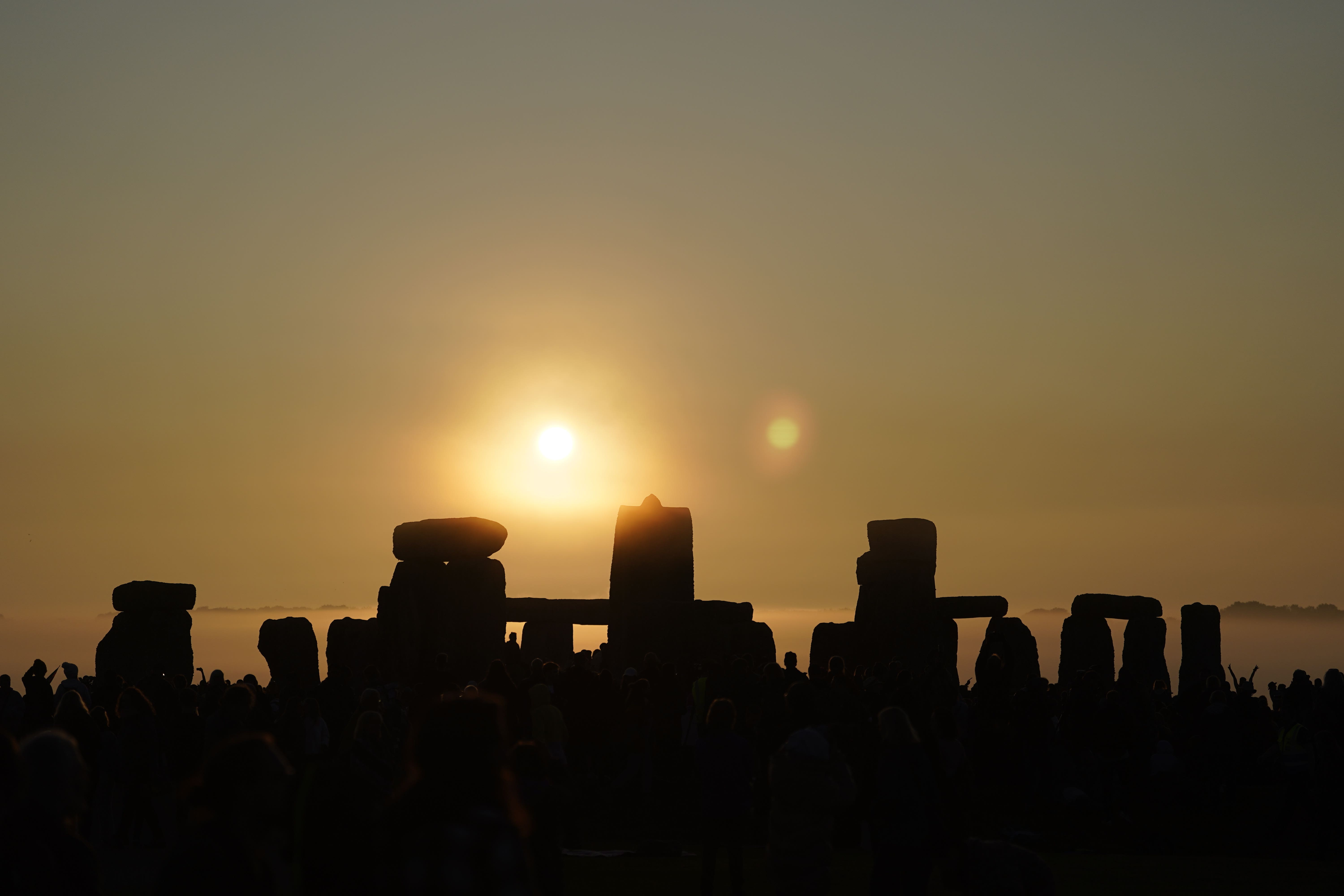Summer Solstice 2023: When is the longest day of the year and how do people celebrate?
Summer has finally arrived in the northern hemisphere
Your support helps us to tell the story
From reproductive rights to climate change to Big Tech, The Independent is on the ground when the story is developing. Whether it's investigating the financials of Elon Musk's pro-Trump PAC or producing our latest documentary, 'The A Word', which shines a light on the American women fighting for reproductive rights, we know how important it is to parse out the facts from the messaging.
At such a critical moment in US history, we need reporters on the ground. Your donation allows us to keep sending journalists to speak to both sides of the story.
The Independent is trusted by Americans across the entire political spectrum. And unlike many other quality news outlets, we choose not to lock Americans out of our reporting and analysis with paywalls. We believe quality journalism should be available to everyone, paid for by those who can afford it.
Your support makes all the difference.The start of the new season has officially arrived in the form of the summer solstice.
The longest day of the year is a cause of celebration for many, whether you feel a spiritual connection to the power of the sun or are simply relieved that the warm-weather months have finally arrived.
In astrological terms, the summer solstice marks the end of spring and start of summer for the northern hemisphere. It will end with the autumn equinox, which this year falls on Friday 23 September.
Here’s everything you need to know about the summer solstice 2022:
What is it?
The summer solstice – otherwise known as the festival solstice, midsummer or Litha – is the longest day of the year.
It occurs when the earth’s geographical pole on either the northern or southern hemisphere becomes most inclined towards the sun and officially marks the beginning of summer.
When the summer solstice takes place in the northern hemisphere this month, the sun will reach its highest possible altitude.
As a result, the day on which the summer solstice falls has the longest period of daylight of the year.
In some cultures, such a paganism, the summer solstice is symbolic of fertility and the harvest.
When is it?
The summer solstice in the northern hemisphere occurs in June and in the southern hemisphere in December.
In the northern hemisphere, it takes place this year at exactly 3.58pm on Wednesday 21 June.
The UK will be treated to 16 hours and 38 minutes of daylight in the day, with the sun rising at 4.43am and setting in the evening at 9.22pm.
After 21 June, the nights begin to close in as the planet rotates with the northern hemisphere tilting away further from the sun.
How is it celebrated?
According to Dictionary.com, the term solstice is derived from the Latin word solstitium. It’s made up of the Latin sol, “the sun,” and sistere, “to make stand, stand still”.

It’s believed by some that Stonehenge – the prehistoric monument in Wiltshire, England – was built as a kind of astronomical calendar.
On the day of the summer solstice, the rising sun lines up with the Heel stone and the Altar stone of the ancient site.
Thousands of people usually gather at Stonehenge to watch the spectacle and celebrate the start of summer.
Many people celebrate the summer solstice in other ways regardless of whether they feel a religious affiliation with the event or not.
In non-pandemic times, expect to see numerous summer picnics, bonfires and maybe even some Maypole dancing take place to mark the occasion.




Join our commenting forum
Join thought-provoking conversations, follow other Independent readers and see their replies
Comments